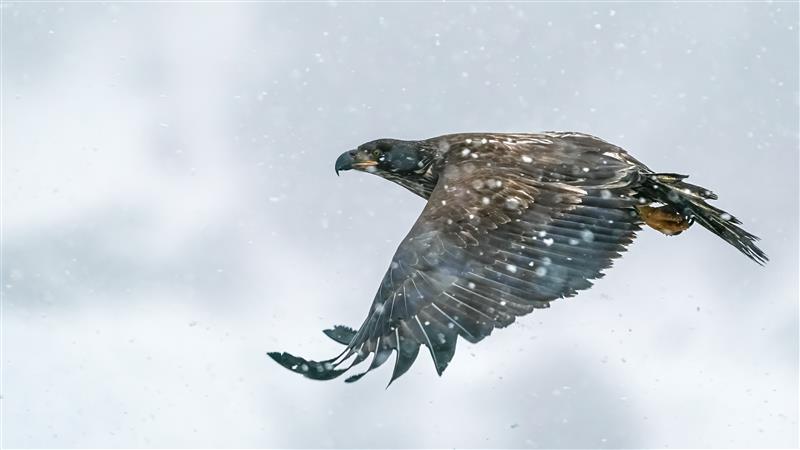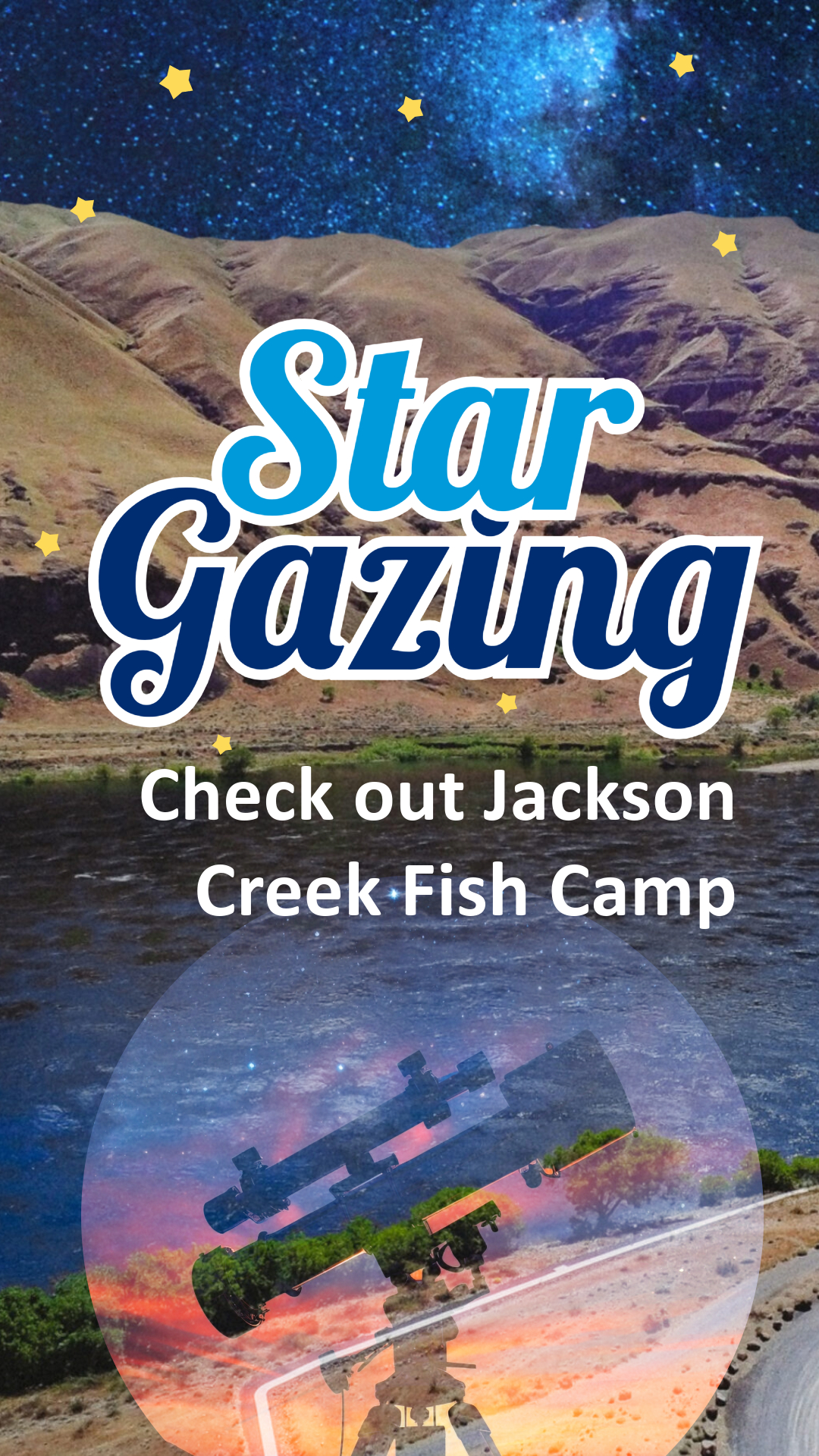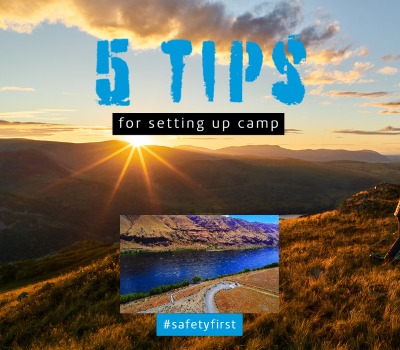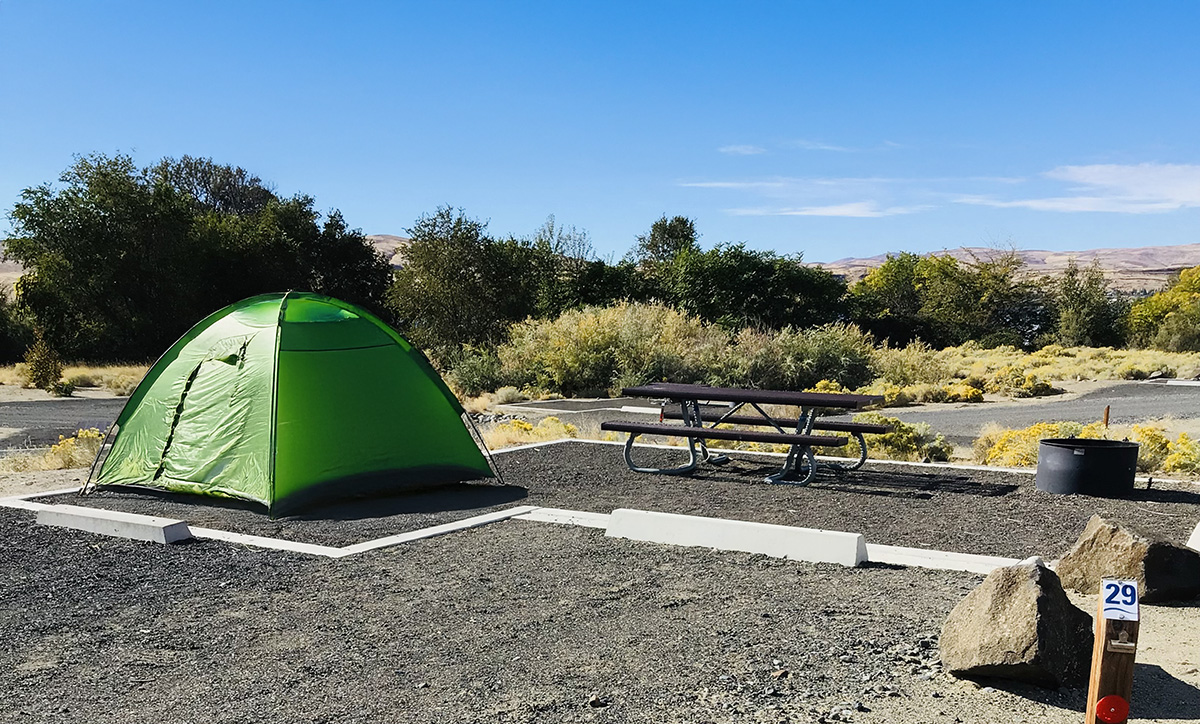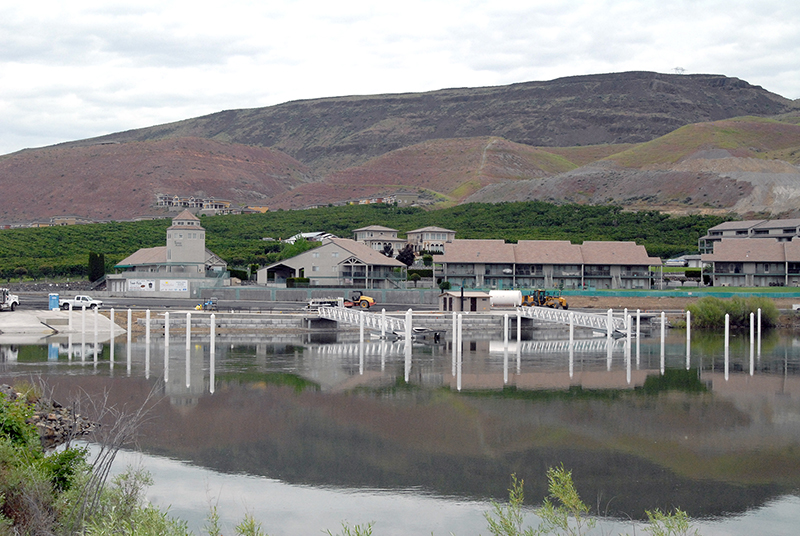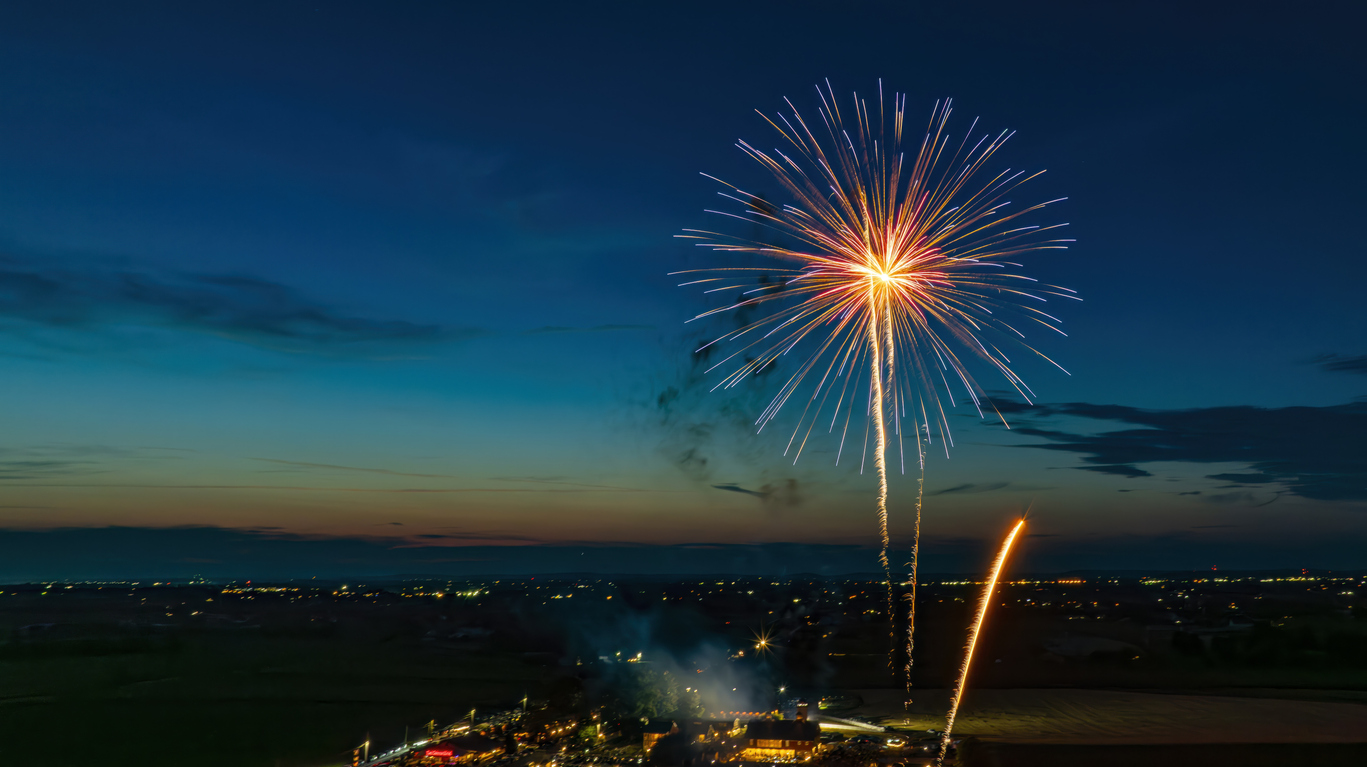(Photo credit: Lisa Hansen)
Birding along the Columbia River can be a great way to sharpen your photography skills while bird watching.
Rachel Carson once said, “The more clearly we can focus our attention on the wonders and realities of the universe about us, the less taste we shall have for destruction.” This quote captures the joy of watching birds by the Columbia River. The river is home to many birds, from big raptors to graceful waterfowl.
Key Takeaways
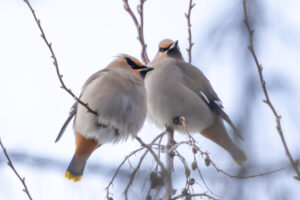
- Discover the rich biodiversity of the Columbia River ecosystem, home to over 184 bird species.
- Explore the best times and locations for optimal bird observation along the river.
- Learn about the unique behaviors and habitat preferences of common water birds, raptors, and cliff-dwelling species.
- Uncover tips for capturing stunning bird photography along the river.
- Understand the importance of conservation efforts to preserve the river’s delicate avian habitats.
Introduction to Riverside Bird Watching Adventures
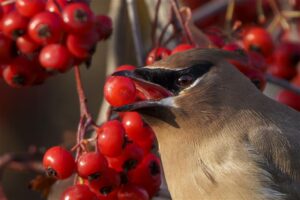
Nestled along the banks of the majestic Columbia River lies a world teeming with avian wonder. This dynamic river ecosystem serves as a vital habitat for a diverse array of bird species. It offers endless opportunities for captivating bird watching experiences.
Understanding the Unique Columbia River Ecosystem
The Columbia River ecosystem is a complex tapestry of diverse habitats. From lush riparian zones to towering cliffs, each provides a unique sanctuary for a myriad of feathered residents and migratory visitors. From the high-soaring raptors to the graceful waterfowl, this river corridor is a true avian haven. It draws bird enthusiasts from near and far.
Best Times for Bird Observation
The bird watching seasons along the Columbia River are as dynamic as the river itself. Depending on the time of year, bird enthusiasts can witness a captivating array of species. Each has its own unique behaviors and migratory patterns. Early spring and late fall are particularly rewarding periods. Birds take advantage of the river’s bountiful resources during their seasonal journeys.
- Spring: Witness the vibrant return of migratory songbirds, as well as the nesting activities of numerous species.
- Summer: Observe the fledgling offspring of resident birds and the presence of opportunistic predators.
- Fall: Marvel at the impressive gatherings of waterfowl and shorebirds as they prepare for their southbound migrations.
- Winter: Spot the hardy year-round residents, such as bald eagles and various waterfowl, as they thrive in the river habitat.
Whether you’re a seasoned birder or a curious nature enthusiast, the Columbia River promises an unforgettable bird-watching experience. With something special to discover in every season, it’s a must-visit for all.
Essential Gear for River Bird Watching
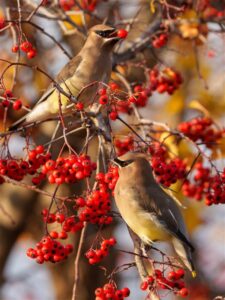
Going on a birding trip by the river needs the right gear. This makes your experience better and helps you see more birds. You’ll need binoculars and field guides for sure. There’s also extra gear that can make your bird watching even better.
At the core of any birder’s kit are binoculars. They let you see birds up close and in detail. Look for ones with a wide view, clear images, and are easy to hold for a long time.
A good field guide is also key. It has pictures and info on the birds you’ll see. Choose one for the Columbia River area so you know the birds you’ll find.
There’s more gear you might want, like a camera or spotting scope. These can help you take great photos or see birds even closer. Make sure you have everything you need, like extra batteries or lenses.
Also, dress right for the trip. Wear comfy, weatherproof clothes that keep you dry and warm. Good shoes are important too, for walking on uneven ground or in wet places.
With the right birding equipment and getting ready, you’re set for a great bird watching trip. Keep your eyes open, stay curious, and enjoy the amazing birds of the Columbia River.
| Essential Gear | Optional Gear |
|
|
For in depth information on birding, check out the “Birding 101” video on YouTube:
“The best equipment in the world won’t make you a better birder. It’s your powers of observation and your passion for the birds that will.”
Bird Watching along the River: A Complete Guide
Start a fascinating bird-watching journey along the calm Columbia River. Learn to spot common water birds, track their migrations, and observe their behaviors. This guide will make your birding by the river even more enjoyable.
Identifying Common Water Birds
As you move along the river, look out for a wide variety of water birds. See vibrant orioles, melodic vireos, and colorful warblers on the riverside. Watch kingfishers dive for fish and enjoy the acrobatic moves of bank swallows on the water.
Seasonal Migration Patterns
The Columbia River is a key spot for migratory birds. Different species come and go all year. See cedar waxwings in spring and fall, and watch waterfowl like ducks and geese rest and refuel.
Bird Behavior and Habitat Preferences
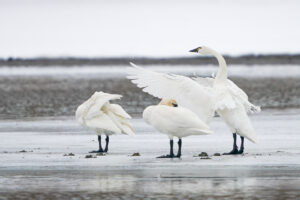
Learn about the birds’ natural behaviors and where they like to live. Look for beavers building dams, or see deer and fawns in the riparian forests. This knowledge will deepen your appreciation for the river’s ecosystem and its wildlife.
| Common Water Birds | Habitat Preferences | Seasonal Movements |
| Orioles, Vireos, Warblers | Riverside vegetation, tree canopies | Spring and fall migrations |
| Kingfishers | Near water, perching on branches | Year-round residents |
| Bank Swallows | Skimming water’s surface, nesting in banks | Summer breeding, fall migration |
| Cedar Waxwings | Fruit-bearing trees and shrubs | Spring and fall migrations |
| Waterfowl (ducks, geese) | Open water, shorelines | Winter and spring migrations |
“The river is a tranquil sanctuary, where the sights and sounds of nature create a profoundly immersive experience for the observant bird watcher.”
Grant PUD Recreation Areas: Prime Birding Locations
Grant PUD manages many recreation areas along the Columbia River. These spots are great for bird watching. They offer easy access to different bird habitats, letting visitors see many species.
Priest Rapids Recreation Area is a top spot for bird watching, located south of Wanapum Dam. It’s home to waterfowl like Canada geese, mallards, and western grebes. You can also see birds of prey such as bald eagles and red-tailed hawks. The park has well-kept trails for amazing river views.
Frenchman Coulee Recreation Area also has some prime spots you won’t want to miss. Grant PUD’s internal fish and wildlife group installed a raptor nesting platform along the trail that has been occupied by an osprey nest for a few years now.
Ginkgo Petrified Forest State Park is another must-see. It’s known for its ancient fossil forests and diverse habitats. Birdwatchers can find songbirds, raptors, and shorebirds here. Look out for western meadowlarks, Say’s phoebes, and California quails on the trails. Vantage Recreation Area is also an excellent spot to watch geese and waterfowl.
| Grant PUD Recreation Area | Notable Bird Species | Facilities |
| Priest Rapids Recreation Area |
|
|
| Nearby non-Grant PUD sites: Ginkgo Petrified Forest State Park |
|
|
These are just a few examples of the great birding spots in Grant PUD’s recreation and nearby areas. Whether you love bird watching or just enjoy nature, these places are perfect. They offer a chance to see the vibrant bird life in this beautiful area.
Notable Bird Species of the Columbia River
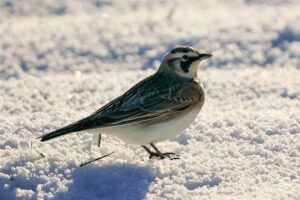
The Columbia River is a haven for many bird species. You can see majestic raptors, graceful waterfowl, and cliff-dwelling nestlings. Birdwatchers can explore the river’s banks and wetlands to see the region’s rich avian life. Let’s look at the notable bird species that live in the Columbia River.
Raptors and Birds of Prey
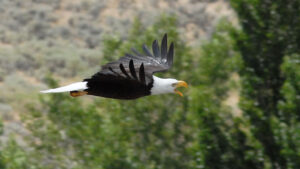
The Bald Eagle soars high above the river, symbolizing the Columbia River’s wildlife. These powerful birds of prey are often seen, hunting fish and carrion along the shoreline. The Osprey, a fishing specialist, is also found in the area. It’s known for its unique dive-bombing technique.
Waterfowl and Shorebirds
The Columbia River is a haven for waterfowl species like the Great Blue Heron and the American White Pelican. These birds can be spotted wading in shallow waters or gliding over the river’s surface. Shorebirds, such as the Sandpiper and the Killdeer, also live along the river’s edges. They forage for food and nest in nearby grasslands.
Cliff-Dwelling Species
The rugged cliffs and rocky outcroppings along the Columbia River are perfect for cliff-dwelling birds. The Peregrine Falcon, known for its aerial prowess, is a common sight. The Columbia River Gorge is also home to the elusive Harlequin Duck. This stunning waterfowl species nests in the crevices of steep canyon walls.
The diverse array of bird species along the Columbia River shows the region’s ecological richness. Whether you’re a birdwatcher or just enjoy nature, exploring the river’s wildlife is unforgettable.
Photography Tips for River Bird Watching
Capturing the beauty of birds along the river is more than just looking. It’s about mastering bird photography and wildlife photography techniques. These skills can make your outdoor adventures even better. They help you capture the beauty of the birds that live by the Columbia River.
To get started, consider these essential tips:
- Invest in a camera with a powerful telephoto lens. This lets you take clear, close-up shots of birds without scaring them away.
- Learn your camera’s manual settings. Play with shutter speed, aperture, and ISO to get the perfect shot.
- Be patient. Birds are easily scared, so move slowly and quietly. Wait for the perfect shot.
- Watch the birds’ patterns and habits. Knowing their behavior helps you get better shots.
- Think about the background. Look for clean, natural scenes that make your birds stand out.
Remember, it’s important to be ethical in bird photography and wildlife photography techniques. Respect the birds’ space and avoid disturbing their homes. Follow these tips to capture stunning images of the birds by the Columbia River.
Conservation and Wildlife Protection
Keeping the bird habitats along the Columbia River safe is key for the environment. These areas are homes for many bird species, from big raptors to small waterfowl. Protecting these places helps not just the birds but the whole ecosystem too.
Preserving Bird Habitats
The Audubon Society and U.S. Fish and Wildlife Service work hard to watch over nesting sites and protect feeding areas. Visitors can help by following trail rules, staying away from wildlife, and telling others about any problems.
Local Conservation Efforts
Local groups are crucial in keeping bird habitats safe. Our own teams at Grant PUD (the Fish, Wildlife, and Water Quality group) have installed mallard nesting tubes, wood duck boxes, and raptor nesting platforms throughout the Priest Rapids Project. These efforts have helped protect and preserve the wildlife, and continue to be ongoing and an important part of the work at Grant PUD.
The Columbia River Gorge National Scenic Area leads in bird habitat conservation and wildlife protection. It works with tribes, state agencies, and non-profits to lessen human impact and pollution. Visitors can help by joining volunteer programs or using eco-friendly practices during their visits.
“Preserving the delicate balance of the Columbia River ecosystem is not just a lofty goal, but a vital responsibility we all share as stewards of this natural wonder.” – Dr. Sarah Emerson, Ecologist
Safety Guidelines for Riverside Bird Watching
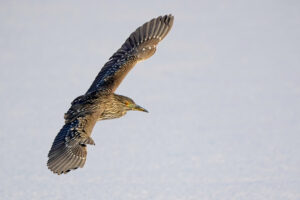
Birdwatching by the rivers and waterways of the Columbia River ecosystem is a captivating experience. Yet, safety is key when exploring these natural wonders. By taking a few simple precautions, you can enjoy riverside birding safely.
Wearing the right clothes is important for outdoor safety. You’ll need sturdy, closed-toe shoes with good grip. The terrain near rivers can be uneven and slippery. Also, wear lightweight, breathable clothes to protect against the sun and sudden weather changes.
For river safety, knowing your surroundings is crucial. Keep a safe distance from the water’s edge, especially where the banks are steep or the currents are strong. Don’t climb on rocks or cliffs, as they can be unstable and risky.
- Wear a life jacket when crossing or working near the water
- Stay alert for sudden changes in water levels or unexpected weather conditions
- Avoid approaching or feeding wildlife, as they may become agitated or defensive
For birding precautions, be careful with your movements and noise. Move slowly and quietly. Avoid sudden gestures that could scare the birds. Also, respect nesting areas and avoid disturbing sensitive habitats.
By following these safety tips, you can enjoy the beauty of the Columbia River ecosystem while staying safe. Take in the wonders of the birds, but do so with care and caution.
Conclusion
Starting your bird watching journey along the Columbia River opens a world full of beauty and amazing birds. The river’s varied habitats and bird migrations let you see the ecosystem’s balance up close.
If you love birds or nature, the Grant PUD Recreation areas are perfect for you (and you can discover them all by browsing 509River.org). You’ll see everything from soaring raptors to waterfowl on the water. Each sighting will make you appreciate the river’s role in nature even more.
Bird watching by the river can change your life in many ways. It connects you with nature, helps you relax, and sparks a love for protecting our planet. So, grab your binoculars, visit the Grant PUD’s top birding spots, and see the wonders of the Columbia River’s birds.
FAQ
What is the best time of year for bird watching along the Columbia River?
The best times for bird watching along the Columbia River change with the seasons. We recommend our rec sites at www.509River.org to find multiple opportunities for birding.) Spring and fall are the best, as many birds migrate during these times. Winter also offers magic with eagle sightings, and more. This means you can see a wide variety of birds throughout the year.
What equipment is recommended for river bird watching?
For great river bird watching, you’ll need a few key items. Start with good binoculars and a field guide for local birds. Wear the right outdoor clothes too. A camera with a long lens is great for bird photos. A spotting scope helps see birds far away.
What are some of the notable bird species found along the Columbia River?
The Columbia River is full of different bird species. You’ll see raptors like Ospreys and Bald Eagles. There are also waterfowl like Great Blue Herons and American White Pelicans. Plus, you can spot migratory songbirds and shorebirds all year.
Where are the best locations for bird watching within the Grant PUD recreation areas?
The Grant PUD recreation areas along the Columbia River are great for bird watching, and you can find those by checking out our park areas. Try the Priest Rapids Recreation Area, Wanapum Overlook, and Crescent Bar Recreation Area. These spots offer a chance to see many bird species in their natural homes.
How can visitors contribute to the conservation of bird habitats along the Columbia River?
To help protect bird habitats, follow local wildlife rules. Stay on trails and don’t disturb nests. Joining bird counts or habitat projects also helps. These actions support the effort to keep the river’s bird populations healthy.

